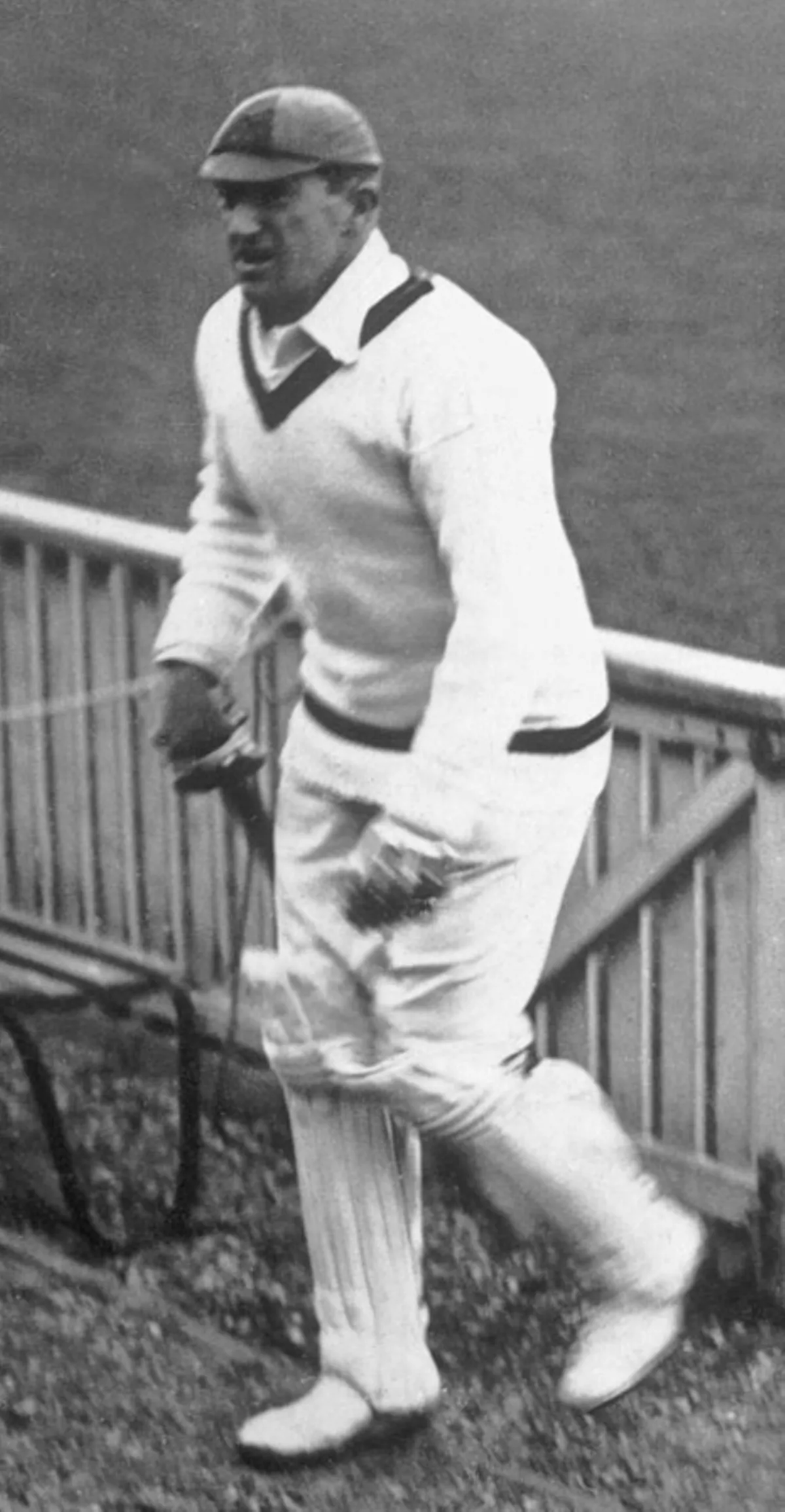 1.
1. George Aubrey Faulkner was a South African cricketer who played 25 Test matches for South Africa and fought in both the Second Boer War and World War I In cricket, he was an all-rounder who was among the best batsmen in the world at his peak and was one of the first leg spin bowlers to use the googly.